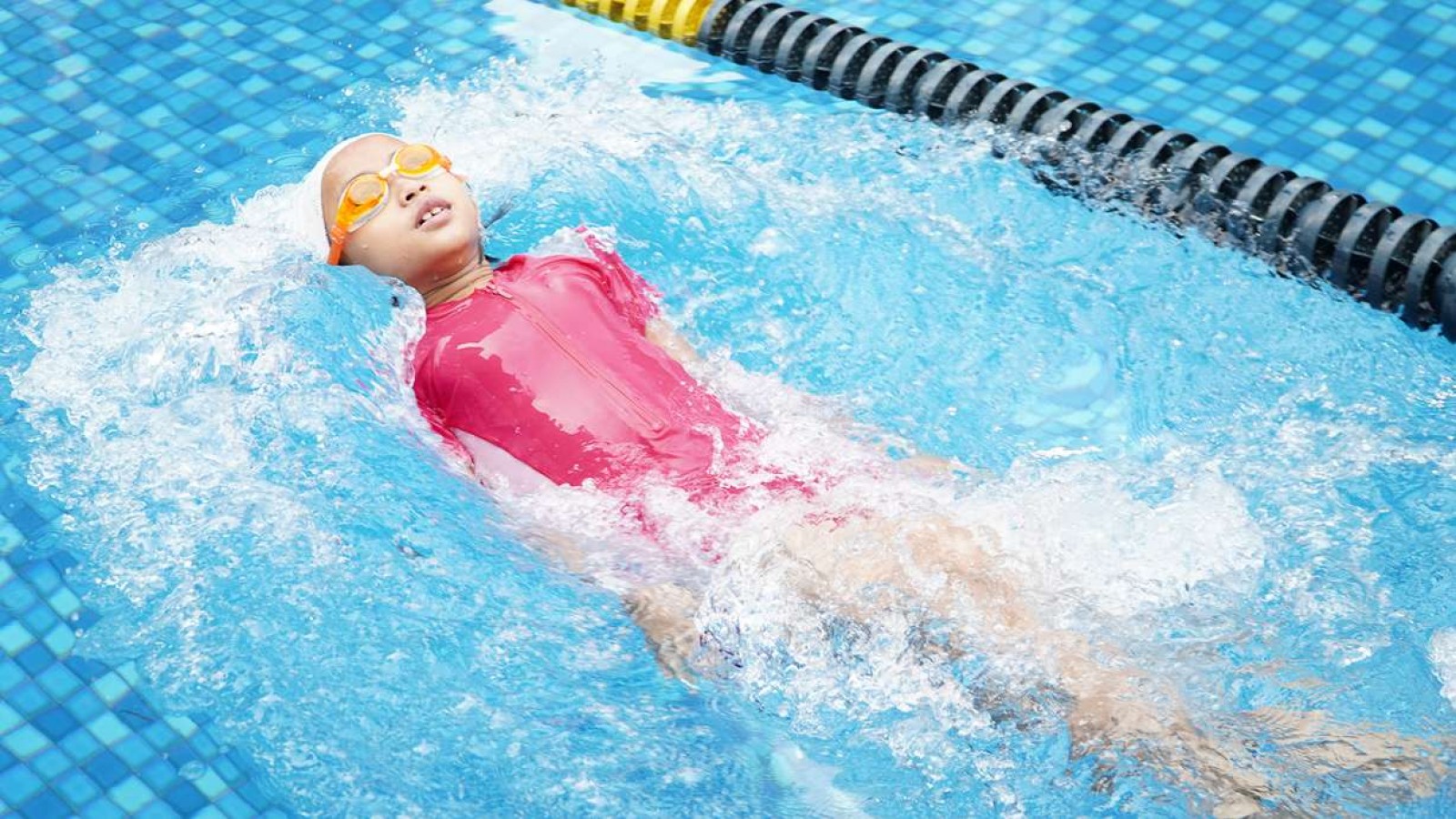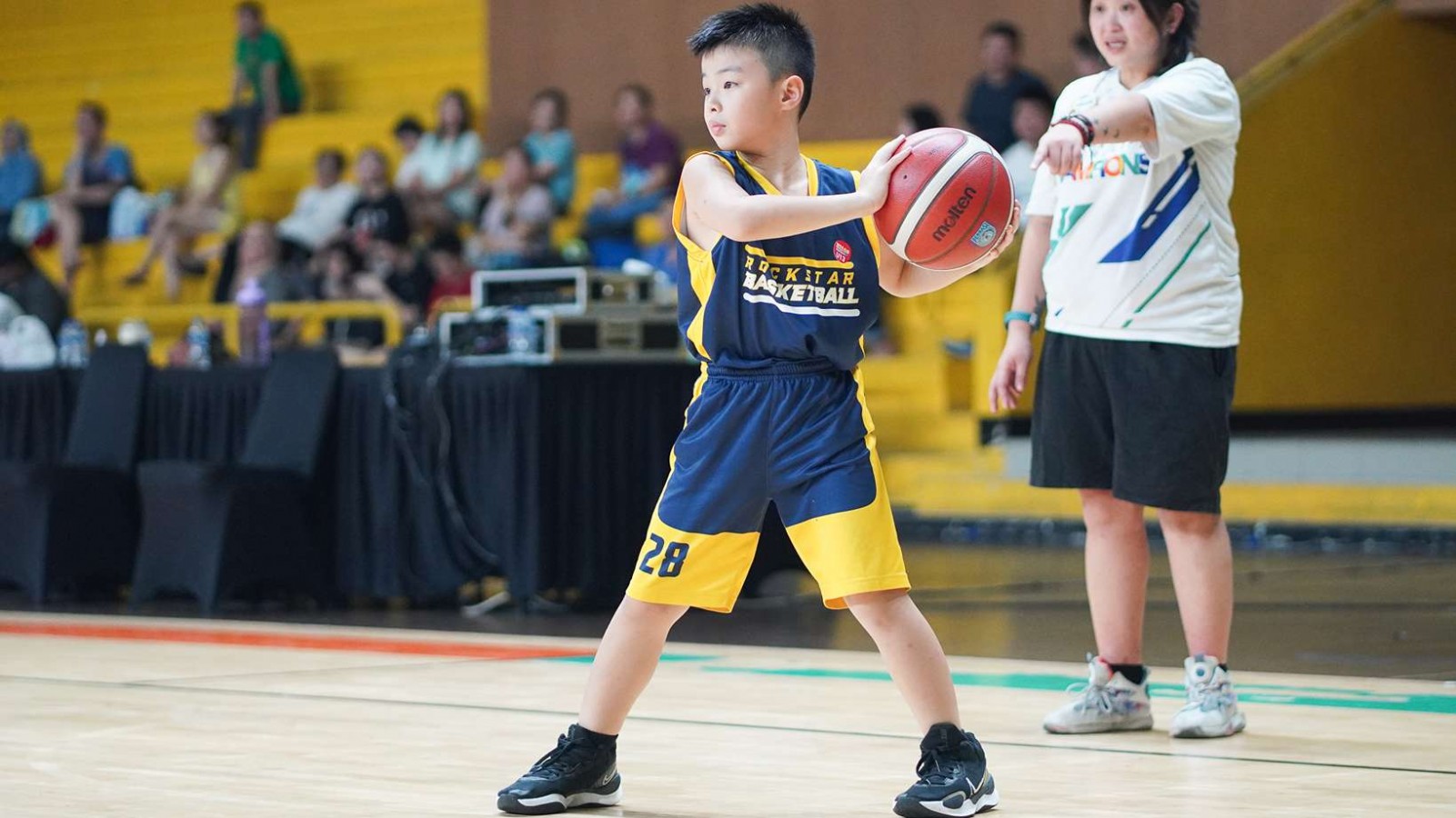How Do You Float in Water? Understanding Buoyancy and Tips for Success

In addition to swimming techniques, there is another technique that is very good if learned to children, namely floating. Learning how to float in water is one of the fundamental skills every swimmer should master. Floating is also one of the water safety features for anyone from children to the elderly.
Today, we will discuss how you float in water, why floating is important, common mistakes that prevent floating, and practical tips to help you stay afloat in water. Let's dive in!
Understanding Buoyancy?
The concept of floating is tied to the principle of buoyancy, a force that acts on objects submerged in a fluid, such as water. Buoyancy is defined by Archimedes' principle, which states that any object partially or fully submerged in a fluid is buoyed up by a force equal to the weight of the fluid displaced by the object.
In simpler terms, when you get into the water, your body displaces water. If the weight of the water displaced is greater than or equal to your body weight, you will float. This is why some objects or people float easily, while others may struggle.
Tips for Floating on Water
If you're learning to float or want to improve your floating skills, mastering the right technique is essential. These tips may help you enhance your floating skills:
1. Stay Relaxed
Tension in your body will cause you to sink. Focus on relaxing your muscles, especially in your neck, back, and legs. It may feel counterintuitive, but the more you relax, the better you’ll float.
2. Use Your Breath
Breathing is a key component of floating. Take slow, deep breaths to fill your lungs with air, which increases your buoyancy. Avoid holding your breath for too long, as it may cause you to tense up. Practice a rhythmic breathing pattern to help maintain your position on the surface.
3. Position Your Body Properly
When floating on your back, ensure that your body is in a straight line from your head to your toes. Keep your chin slightly raised, allowing your face to stay above water. Your arms can either be stretched out to the sides or positioned close to your body, depending on your comfort level.
4. Stay Calm
Floating requires patience and confidence. If you panic, your body may tense up, making it harder to stay afloat. Practice calming your mind and focus on the sensation of the water supporting your body.
5. Practice in Shallow Water
For beginners, start practicing in shallow water where you can comfortably stand. This way, you can regain your footing if you feel unsteady, helping you build confidence.
How to Float for Beginners
Beginners often feel panicked in deep water, but staying calm is actually the key to mastering the skill. Here, we'll guide you step by step on how to float for beginners:
A. Relax Your Body
Stand in the water with your feet shoulder-width apart. Close your eyes, take a few deep breaths, and focus on relaxing your body. Tension is your enemy when learning to float.
B. Lie Back Slowly
Once you feel relaxed, slowly lean backward into the water. Keep your arms out to the side and your head in a neutral position. Allow the water to support you as you gradually lie down on the surface. It's the same as resting your body in bed.
C. Focus on Breathing
As you lie back, take slow, deep breaths. Inhale deeply to help your lungs act as natural flotation devices. Breathe out gently, maintaining a calm, rhythmic breathing pattern.
D. Position Your Body
Keep your body straight and level. Your ears should be submerged while your face remains above water. Lift your chin up, this will help you float on top of the water.
E. Practice
Floating takes time and practice to master. Repeat this process regularly until you feel comfortable floating on your own.
Common Mistakes That Prevent Floating
Even with proper knowledge and practice, some people may still struggle to float without knowing why. Often, it's the small mistakes that make a big difference. Here are some common errors that might be preventing you from staying afloat:
1. Tensing Up
One of the most common mistakes is tensing your muscles, especially when feeling nervous. Relaxation is key to floating, so focus on releasing tension in your body.
2. Incorrect Body Position
If your hips sink or your head is too far back, it can disrupt your balance and cause you to sink. Make sure your body is aligned properly, with your head, hips, and legs in a straight line.
3. Holding Your Breath
While deep breathing helps with buoyancy, holding your breath for too long can cause your body to stiffen. Instead, practice a smooth, controlled breathing pattern.
4. Panic
Fear of sinking can lead to panic, which causes your body to tense up. This is counterproductive, as relaxation is key to successful floating. Stay calm and focus on your breathing.
5. Moving Too Much
Unnecessary movements, like flailing arms or kicking legs, can disturb your float. Try to remain still and let the water support you.
Ready to Learn Float With Rockstar Academy?
Although it looks simple, floats are not that easy to master. Especially if we are not able to relax our body properly and calmly. The key to floating is to relax your body and breathe.
Teaching can be challenging, especially when it comes to children. For busy parents or those who may not have the time to teach their kids, Rockstar Academy offers a best swimming program. Through the Sports & Performing Arts Academy program, Rockstar provides experienced and certified instructors across all its classes.
Our program also encourages children to participate in events and competitions such as the RockOlympics. Plus, children have the chance to join a free trial class before enrolling. Go sign up now!
FAQ
How long does it take to learn how to float?
The time it takes to learn how to float varies from person to person. Some people may pick it up quickly, while others may need more practice. With consistent practice and proper techniques, most people can learn to float within a few days to a week.
Is it harder to float in freshwater or saltwater?
It’s generally easier to float in saltwater than freshwater because saltwater is denser, providing more buoyancy. The increased density of saltwater means your body displaces more water, which helps you stay afloat.



